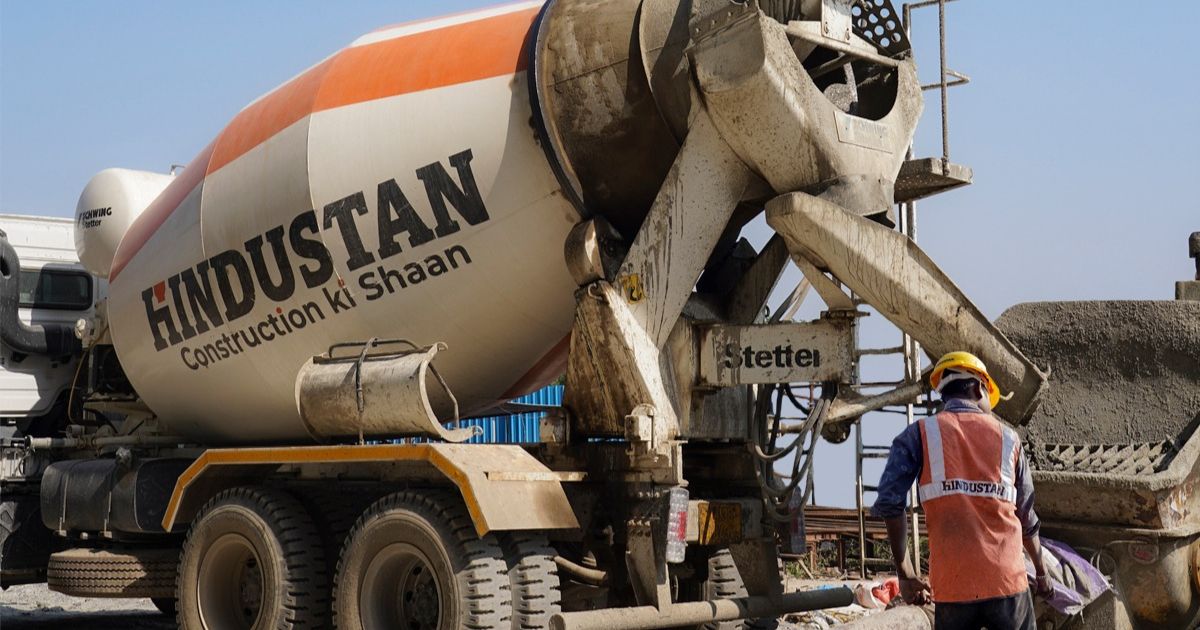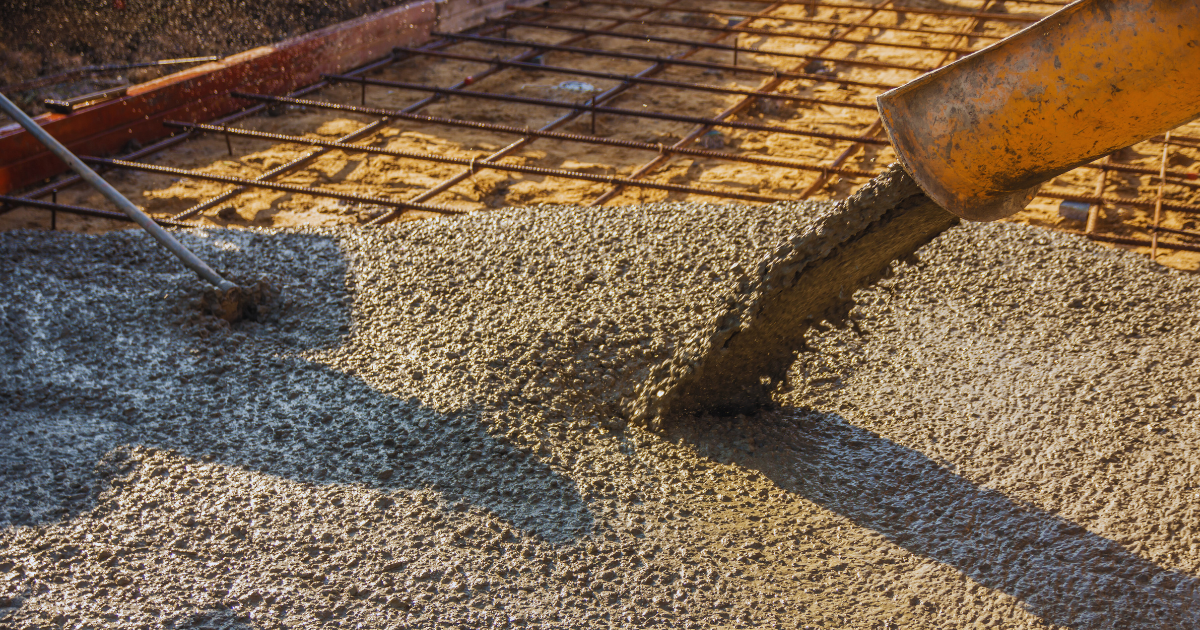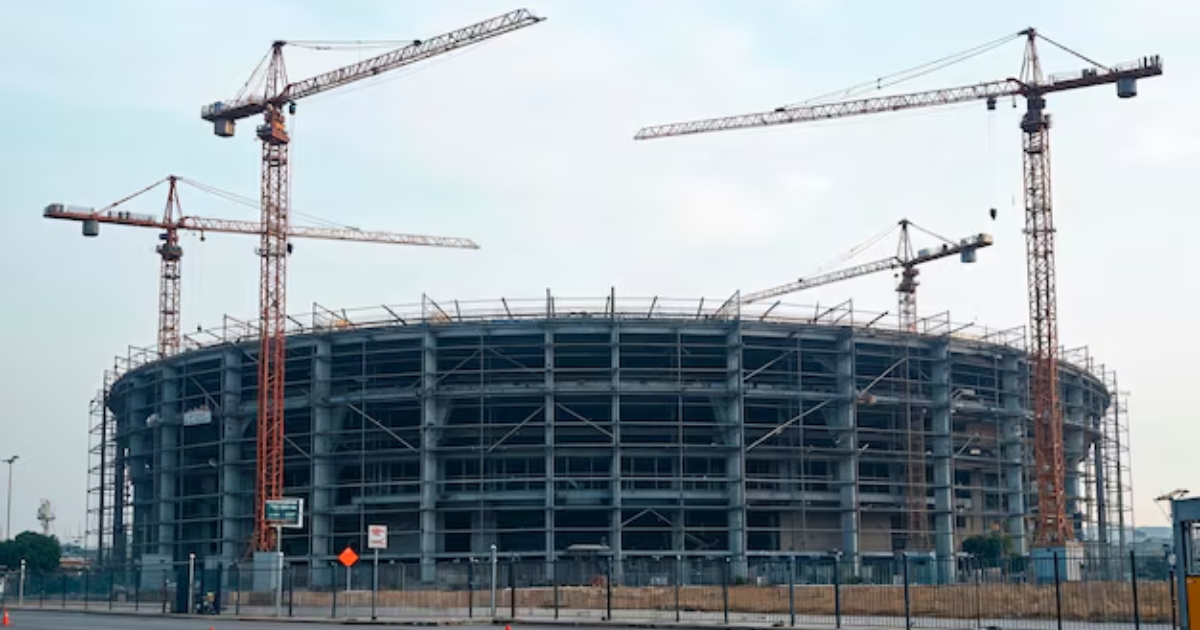Concrete is one of the most widely used construction materials due to its durability and versatility. However, to achieve the best results in concrete construction, the right equipment is essential. From mixing to finishing, having the appropriate concrete equipment can significantly impact the quality and efficiency of your work. This comprehensive guide will explore various types of concrete equipment, their uses, and tips for choosing and using them effectively.
The Importance of Concrete Equipment
Concrete equipment plays a critical role in the construction process. It ensures that concrete is mixed, transported, placed, and finished correctly, which directly affects the structural integrity and longevity of the project. By investing in the right concrete equipment, construction professionals can achieve high-quality results, reduce labor costs, and enhance safety on the job site.
Types of Concrete Equipment
There are several types of concrete equipment, each designed for specific tasks in the concrete construction process. Here, we will discuss some of the most commonly used concrete equipment:
Concrete Mixers
Concrete mixers are essential for combining the ingredients of concrete—cement, sand, aggregate, and water—into a uniform mixture. There are various types of concrete mixers, including:
- Drum Mixers: These are the most common type, where the drum rotates to mix the concrete.
- Pan Mixers: These have a stationary pan and rotating blades for thorough mixing.
- Continuous Mixers: These are used for large-scale projects where continuous mixing is required.
Concrete Pumps
Concrete pumps are used to transport concrete from the mixer to the placement site. They are particularly useful for high-rise buildings and large construction projects. Types of concrete pumps include:
- Boom Pumps: These have a robotic arm to deliver concrete precisely to high or hard-to-reach areas.
- Line Pumps: These are versatile and can be used for smaller projects or where access is limited.
Concrete Vibrators
Concrete vibrators are used to remove air bubbles and ensure proper compaction of the concrete. This results in a stronger and more durable finished product. Types of concrete vibrators include:
- Internal Vibrators: Inserted into the concrete to compact it from the inside.
- External Vibrators: Attached to the formwork to compact concrete from the outside.
- Surface Vibrators: Used on the surface to smooth and level the concrete.
Concrete Screeds
Concrete screeds are used to level and smooth freshly placed concrete. They come in various types:
- Manual Screeds: These are handheld and used for smaller areas.
- Vibrating Screeds: These have a vibrating mechanism to enhance the leveling process.
- Laser Screeds: These use laser technology to achieve precise levels on large surfaces.
Concrete Finishing Tools
After the concrete is placed and leveled, finishing tools are used to achieve the desired surface texture and appearance. Common concrete finishing tools include:
- Trowels: Used to smooth and finish the surface of the concrete. They can be manual or powered.
- Floats: Used to remove imperfections and create a smooth surface.
- Edgers: Used to create clean edges along the sides of concrete slabs.
Concrete Cutting Equipment
Concrete cutting equipment is used to cut control joints or remove sections of concrete. Types of cutting equipment include:
- Concrete Saws: These can be handheld or walk-behind and are used for cutting straight lines.
- Wall Saws: Used for cutting vertical surfaces.
- Wire Saws: Used for complex or large-scale cutting tasks.
Choosing the Right Concrete Equipment
Selecting the right concrete equipment is crucial for the success of your construction project. Here are some factors to consider when choosing concrete equipment:
Project Size and Scope
The size and scope of your project will determine the type and size of equipment you need. For large-scale projects, heavy-duty equipment like boom pumps and laser screeds may be necessary, while smaller projects may only require manual tools.
Type of Concrete Work
Different types of concrete work, such as pouring foundations, building walls, or creating decorative finishes, require specific equipment. Identify the specific needs of your project to choose the most suitable tools.
Budget
Concrete equipment can be a significant investment. Consider your budget and evaluate whether renting or purchasing the equipment is more cost-effective for your project.
Availability of Skilled Operators
Some concrete equipment, like laser screeds and boom pumps, require skilled operators. Ensure that you have access to trained personnel who can operate the equipment safely and efficiently.
Maintenance and Durability
Choose equipment that is durable and easy to maintain. Regular maintenance is essential to keep the equipment in good working condition and prolong its lifespan.
Using Concrete Equipment Effectively
To maximize the efficiency and effectiveness of concrete equipment, follow these best practices:
Proper Training
Ensure that all operators are properly trained in using the equipment. This includes understanding safety procedures, operating instructions, and maintenance requirements.
Regular Maintenance
Perform regular maintenance on all concrete equipment to prevent breakdowns and extend their lifespan. Follow the manufacturer’s guidelines for maintenance schedules and procedures.
Safety First
Always prioritize safety when using concrete equipment. This includes wearing appropriate personal protective equipment (PPE), following safety protocols, and being aware of the surroundings on the job site.
Correct Usage
Use the equipment as intended and avoid overloading or pushing it beyond its limits. Misuse of equipment can lead to accidents, damage, and subpar results.
Efficient Planning
Plan the use of concrete equipment to minimize downtime and ensure smooth workflow. This includes scheduling equipment usage, coordinating with other trades, and having backup plans in case of equipment failure.
Conclusion
Concrete equipment is indispensable in the construction industry, playing a vital role in ensuring the quality and efficiency of concrete work. From mixing to finishing, the right tools can make a significant difference in the outcome of a project. By understanding the various types of concrete equipment, choosing the right tools for your project, and using them effectively, you can achieve excellent results and ensure the success of your construction endeavors.
Whether you are a seasoned contractor or a DIY enthusiast, investing in the right concrete equipment and following best practices will help you tackle any concrete project with confidence and precision.







